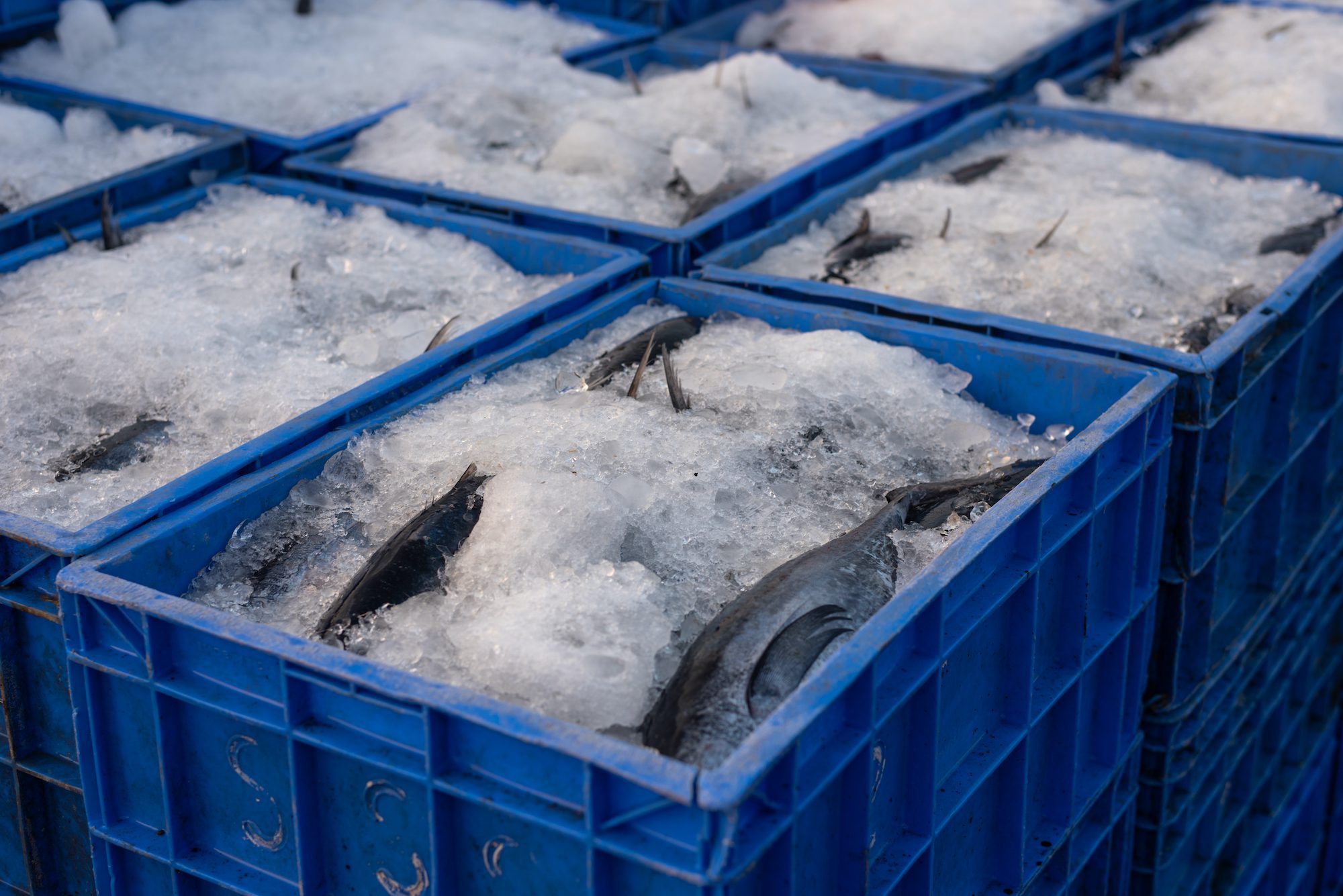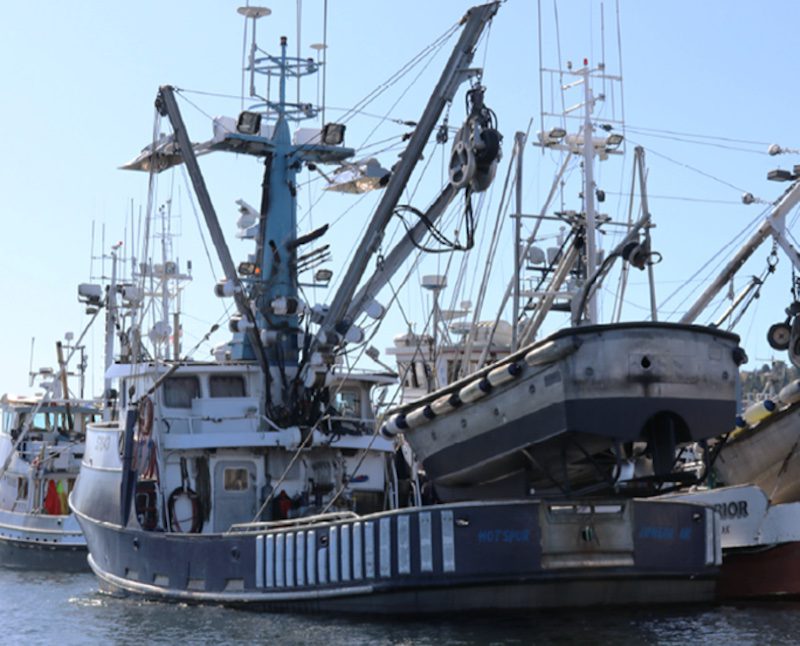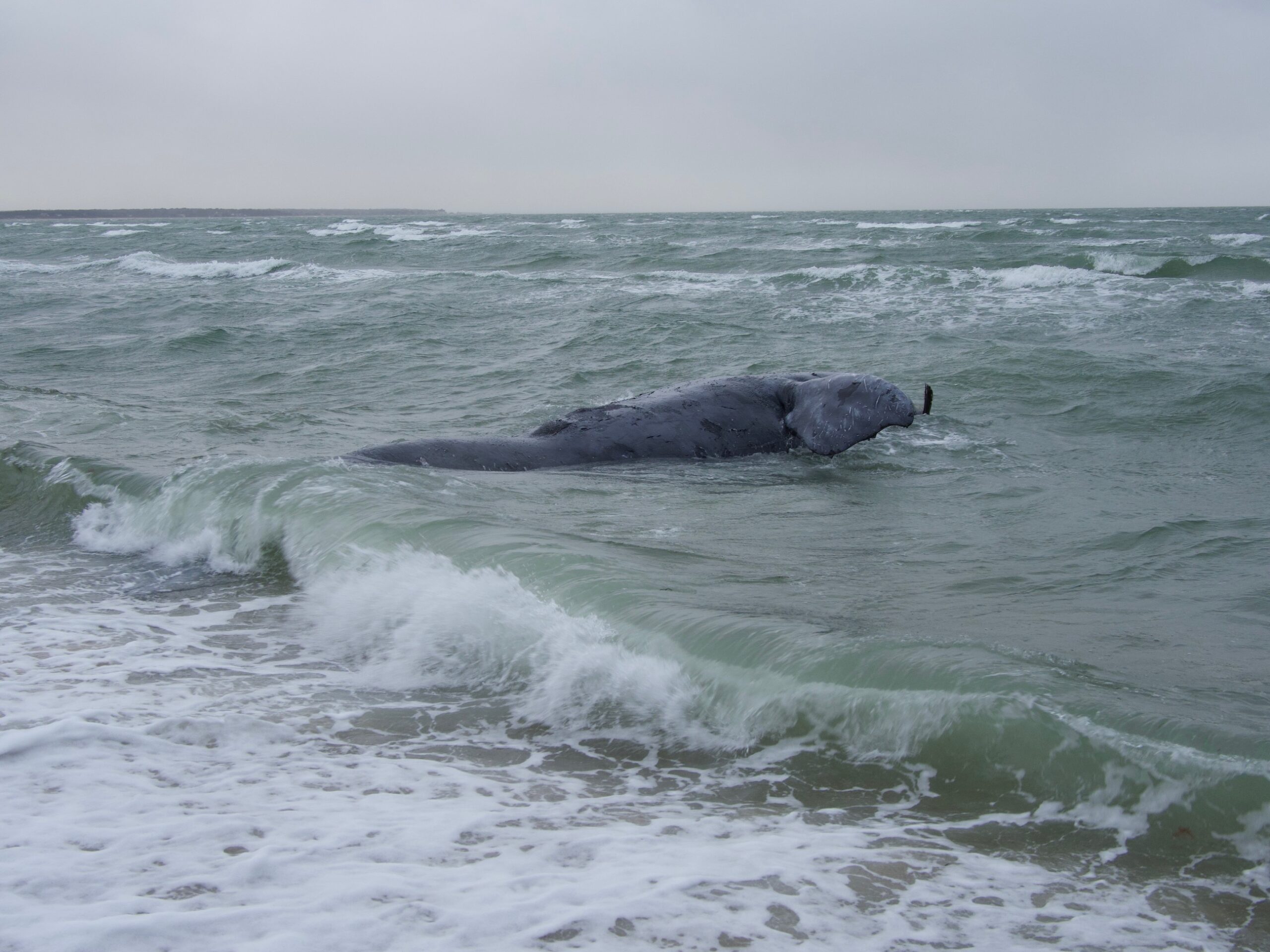The Jones Act, legislation which essentially reserves movements of cargo between U.S. ports (or points in U.S. waters) for vessels, owned, crewed and registered in the States, arouses controversy at every turn. More often than not, Jones Act controversies concern the energy business, matters like waivers following hurricanes (when Jones Act qualified tonnage is not in position to move coastwise cargoes). An ongoing matter with big penalties at stake, but little in the way of headline coverage, concerns the seafood industry.
Starting in August, 2021, a group of Alaskan seafood companies, moving frozen fish, were hit with $350 million of fines by the U.S. Customs and Border Protection (CBP) agency for Jones Act violations. The companies recently appealed the CBP actions to the U.S. District Court in Alaska; at the end of September, the Judge in the case denied their request for a Temporary Restraining Order and Preliminary Injunction against CBP. Most likely, this will be the first leg of an ongoing legal saga.
It’s complicated. The request in the recent District Court ruling was brought by two subsidiaries within the American Seafoods Company (ASC)- Kloosterboer International Forwarding (KIF) and Alaska Reefer Management (ARM), who asked that no further fines be issued by CBP, and that already issued fines be waived. The logistics here had fish harvested in Pacific waters, processed at sea, sent from facilities in Alaska by internationally flagged containerships to New Brunswick, Canada to cold-storage warehouse, and then put on trucks.
Very briefly, the trucks are loaded onto flat rail cars (back to that part in a second), transferred 100 feet, and then, after a 100 feet reverse move, discharged from the railcars, a few minutes later, at the same places they loaded up. Then, the fish moves via surface shipment onward to the U.S. East Coast by over-the-road trucks, via a border crossing in northern Maine.
There’s also a supply chain angle, adding to the ongoing crisis impacting seemingly every type of consumer good- now, add frozen pollock from Alaska to that list. In mid -September, a group of Jones Act qualified U.S. carriers desirous of handling the fish business (on routes from Alaska down to the Pacific Northwest- where the fish would presumably be trans-shipped cross country by rail) filed legal documents supporting the CBP fines. The seafood shippers offered an opposing argument, saying that the Jones Act carriers were overwhelmed, at this time, and could not handle the fish in a timely manner.
The tricky part, and the lynchpin for many of the arguments, concerns a tiny (roughly 100 feet) railway spur at the port of Bayside, New Brunswick- just across from Maine on Passamaquoddy Bay. The Jones Act legislation includes a little-known feature (called “The Third Proviso”) which says that logistical chains of the type used by the ASC subsidiaries, would be allowable, and exempt from Jones Act requirements if the Canadian railway, here- called the Bayside Canadian Rail, “BCR”, was properly registered with the appropriate U.S. regulatory agencies (in this case, the Surface Transportation Board).
In the legal back and forths here, it emerged that the 100 foot rail line represented an alteration (circa 2012) to a previous route (where a Jones Act exemption was allowed- with a different tariff filed in the early 2000’s with the STB). The pre -2012 routing had used different Canadian railroads, transporting the frozen fish over distances varying between 34 and 91 miles (in contrast to the 100 feet).
In the end September Alaska court ruling, which leaves the CBP penalties in place, the Judge did not completely debunk the use of the 100 foot ultimate short line- writing: “Clearly, the BCR Route includes, in part, the use of a rail in Canada. At least in terms of functionality, the BCR rail line would appear to be substantially identical to other Canadian rail lines on which merchandise is carried solely to comply with the Third Proviso.”
But, on the subject of tariffs, the Judge said: “…a person of ordinary intelligence had a reasonable opportunity to know….that a rate tariff needed to be filed with the STB to comply with the Third Proviso….Plaintiffs <the seafood companies> even likely had direct knowledge of the tariff requirement and still failed to act accordingly.” Surely, there will be more chapters in this saga.
Sign up for our newsletter

 Join The Club
Join The Club













